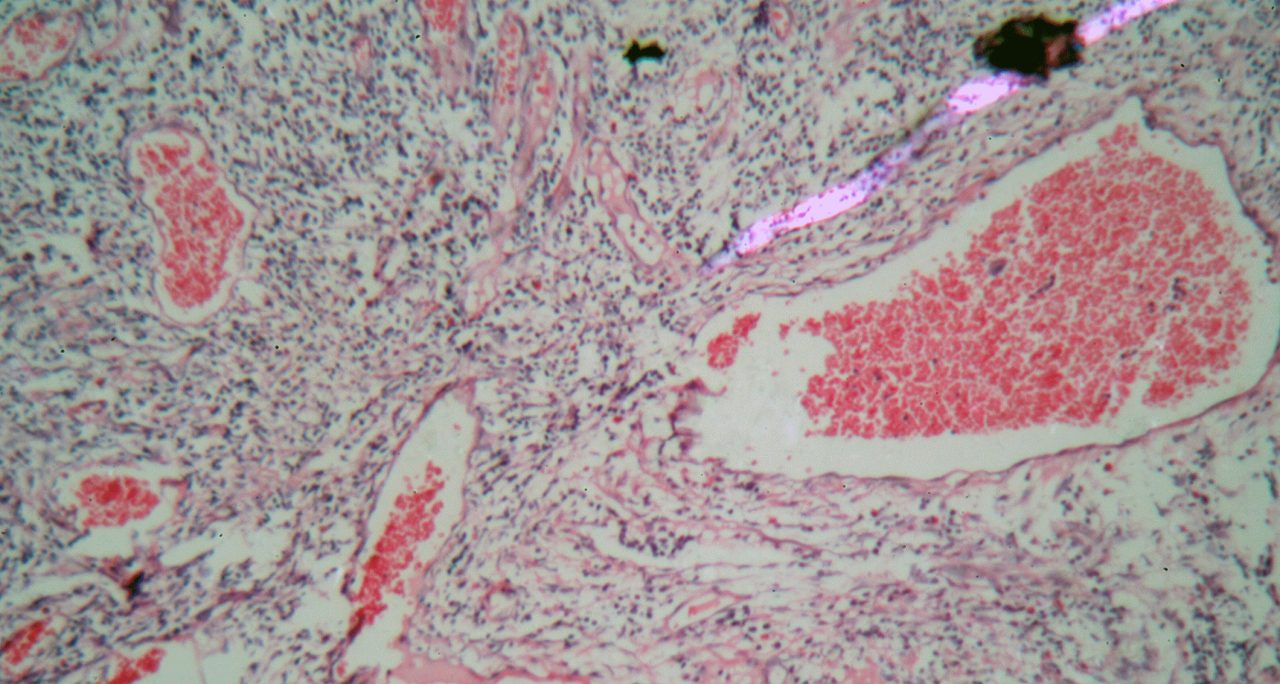Causes of Cervical Cancer

Most causes of cervical cancer stem from the human papillomavirus (HPV). Learn more about the link between the human papillomavirus and cervical cancer.
What are the causes of cervical cancer?
Cervical cancer, the growth of abnormal cells on the cervix, is caused by the human papillomavirus, or HPV. HPV is transmitted through sexual contact with someone who has it. It’s important to note that there are many different types of HPV. Not all of them cause cervical cancer, the second most common type of cancer for women.
In some cases, the human papillomavirus may not cause any symptoms. It’s also possible that an infection can go away on its own. You can also get genital warts, which are caused by HPV. Some genital warts can lead to cervical cancer.
YOU MIGHT ALSO LIKE: Tests for Cervical Cancer
HPV and cervical cancer
HPV is the most common viral infection of the reproductive tract. With more than 100 different types of the human papillomavirus, HPV is distinguished by numbers; HPV 16 and 18 are the ones your doctor will look for because they cause 70 percent of cervical cancers and precancerous lesions.
When it comes to the human papillomavirus and cervical cancer, the HPV vaccine is used to guard against HPV 16 and 18.
Cervical cancer risk factors
The following cervical cancer risk factors can increase your chance of developing the disease:
- Smoking. According to the American Cancer Society, women who smoke are twice as likely as non-smokers to get cervical cancer. Researchers at the American Cancer Society found that tobacco by-products have been found in the cervical mucus of women who smoke. Those substances damage the DNA of cervix cells and can possibly cause cervical cancer. Smoking also weakens the immune system, which makes it harder to fight HPV infections.
- Having a weakened immune system is a cervical cancer risk factor. Your immune system destroys cancer cells and slows their growth. If you have a weakened immune system, a cervical pre-cancer might develop faster than normal.
- Chlamydia infection. Chlamydia, a bacterial infection, is spread by sexual contact; it can cause pelvic inflammation and can lead to infertility. Women who have or previously had chlamydia are at a higher risk of getting cervical cancer.
- Being obese. Overweight women are at risk of developing adenocarcinoma (a tumor) of the cervix.
- Taking oral birth control pills. Research has shown that long-term use of oral contraceptives can moderately increase the risk of cervical cancer. The American Cancer Society suggests women should discuss different forms of birth control with their doctors.
The best way to prevent cervical cancer is by having annual Pap tests, which find changes in cervical cancer cells before they develop into cancer. Pap tests are also called Pap smears.
A gynecologist performs the test in an office. Because cervical cancer tends to occur during midlife and in some women over 65, it’s important to continue screening until you are at least 70.
You can also safeguard your daughters and sons with the HPV vaccine, which protects them against cancers caused by the HPV infection.
Updated:
May 18, 2023
Reviewed By:
Janet O’Dell, RN